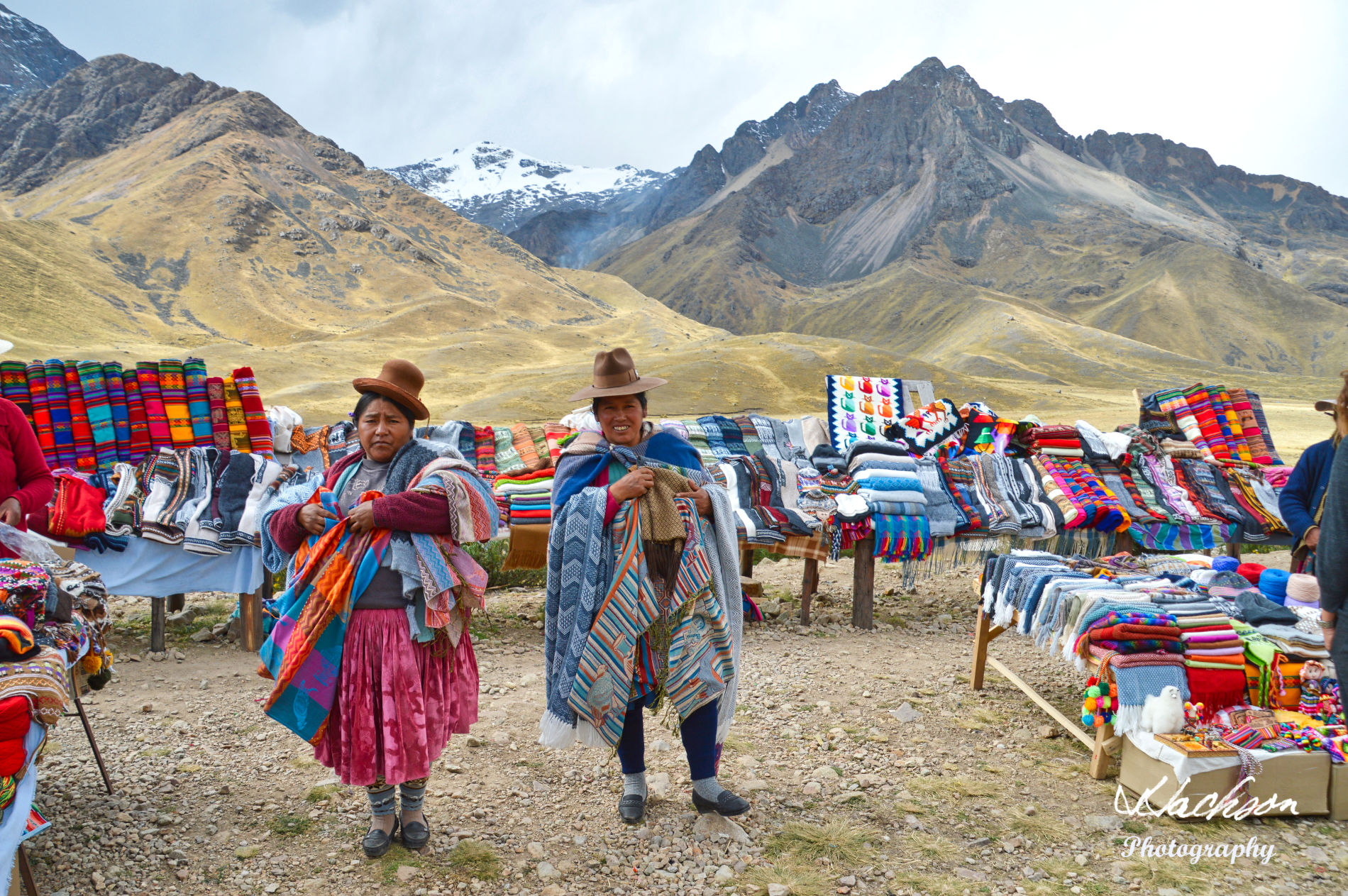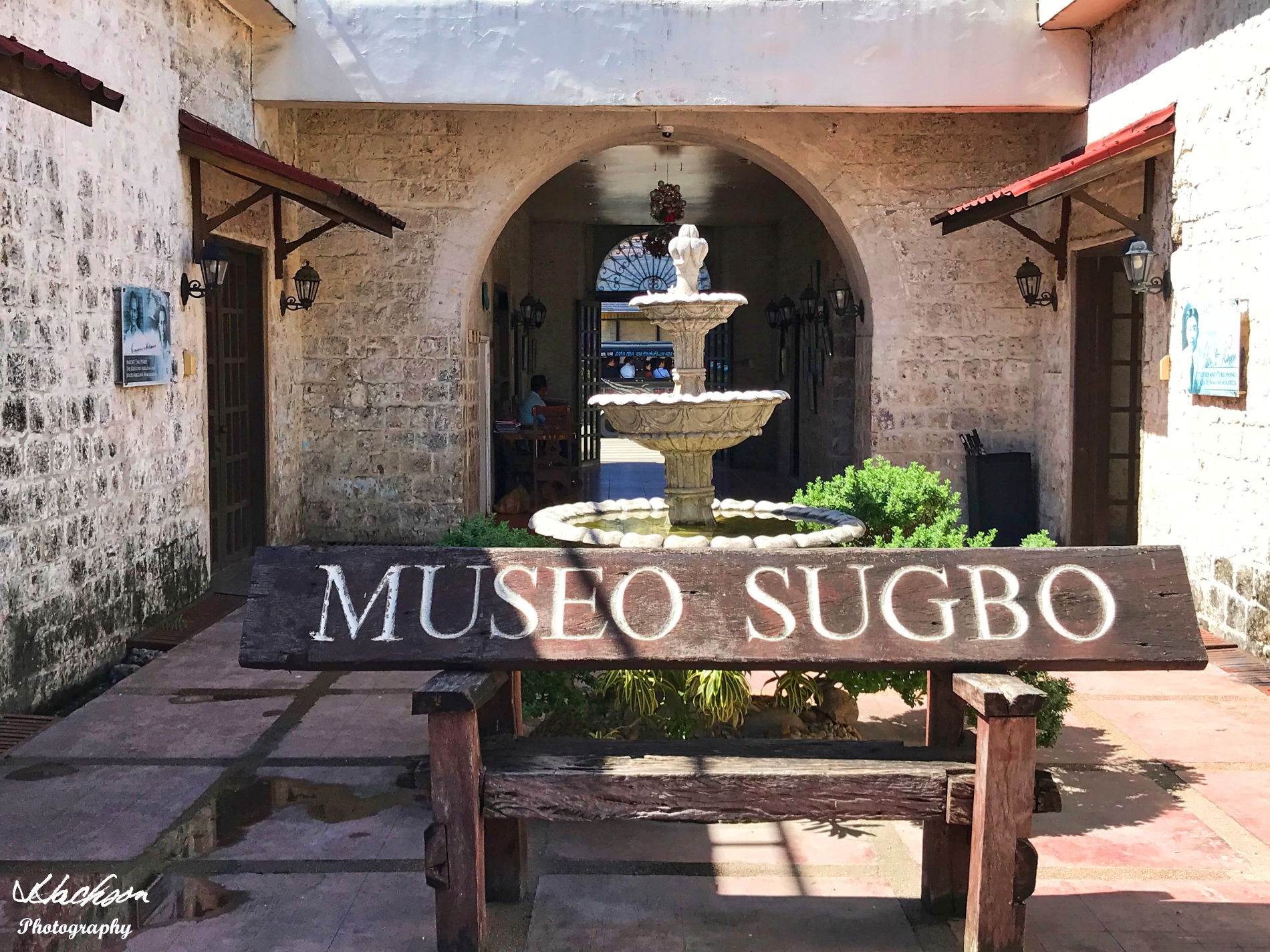Make it Makati and Make it Happen!
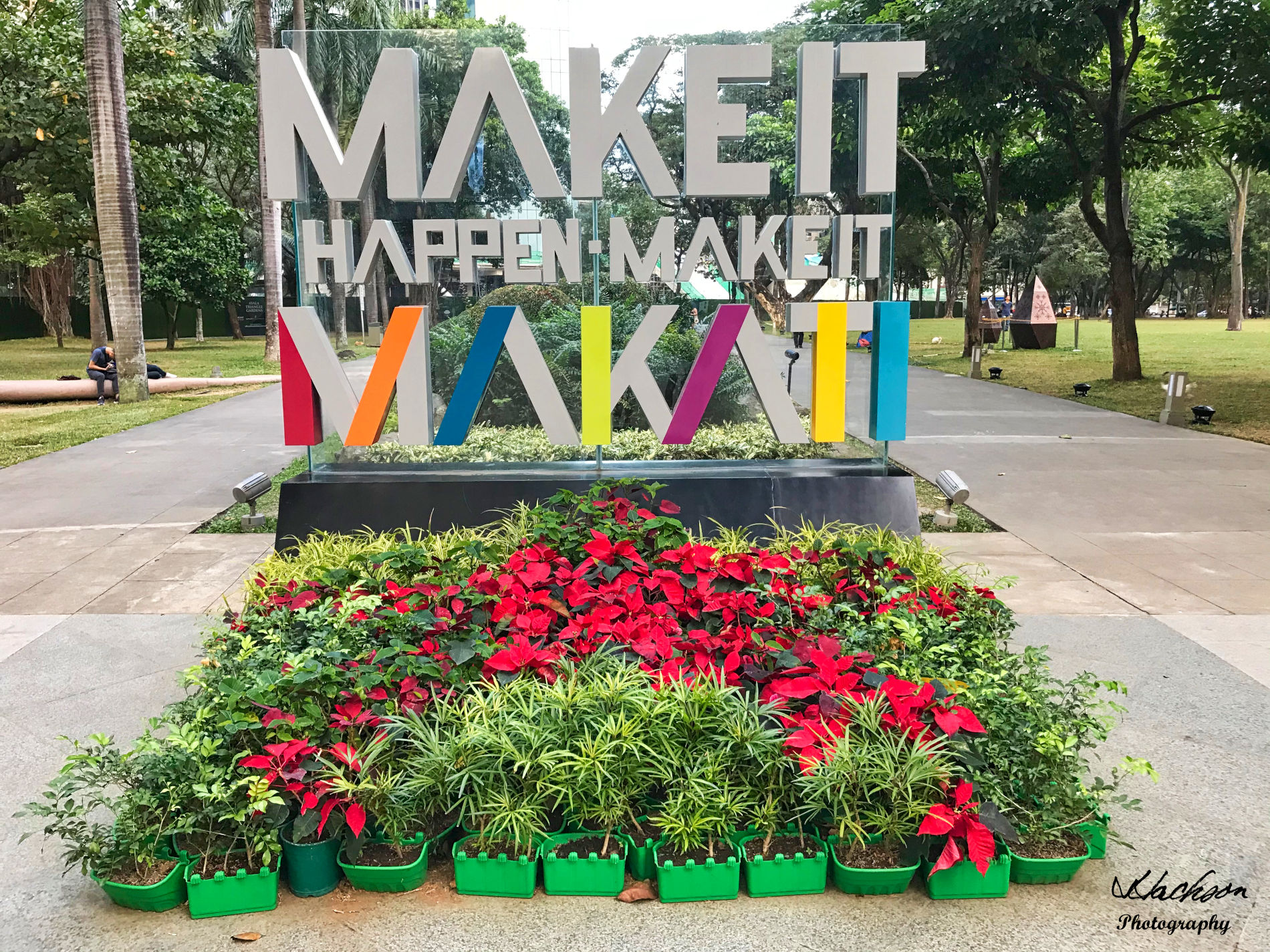
Most people when they think of major cities, especially in the Philippines, rarely think about Makati which is probably one of the most vibrant cities in the world. Certainly, Makati, the financial capital of the Philippines is a very vibrant, safe, dynamic, culturally diverse, gastronomic and clean city. Oh sure, Manila is the capital of the Philippines where Malacañang Palace is located and serves as the official residence of the President of the Philippines. As Makati is one of the wealthiest regions in Southeast Asia, it is also where the real power and money is.

The skyline reflects a city which boasts the highest concentration of multinational and local corporations in the Philippines. The city is home to major banks, global corporations, major department stores, foreign embassies and there is no shortage of world class restaurants and eateries. Known as the cultural and entertainment hub of Metro Manila, the biggest trading floor of the Philippine Stock Exchange is situated along one of the city’s main arteries, Ayala Avenue, known as the Wall Street of the Philippines.
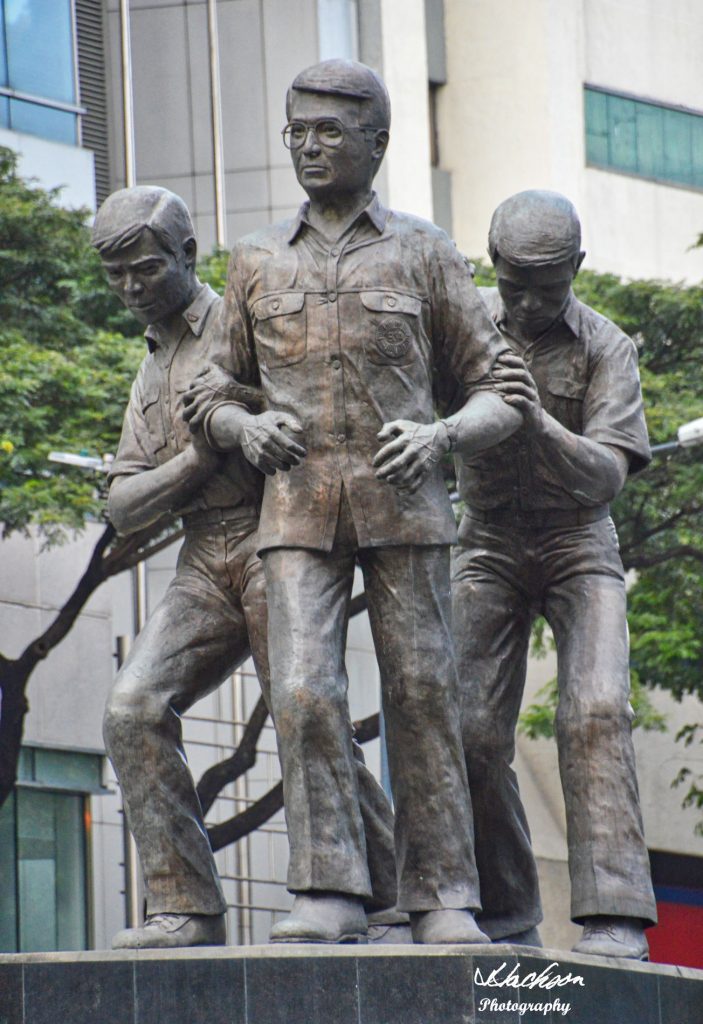
Above, the memorial in Makati to Ninoy Aquino who was assassinated on August 21, 1983
The city of Makati reflects the heartbeat of the Philippines, although not necessarily the undesirable and deleterious side of the country. With a resident population of over 500,000, the city daytime population swells to over one million during a typical working day with the influx of workers, shoppers, tourists and business people. Traffic can at times get congested especialy during rush hour and holidays. However, here, you will not find the incessant horn-honking, exhaust-spewing jeepneys and motorized tricycles that add to congestion elsewhere in the Philippines.

Above and below: Artwork titled “Above the Clouds” is a pair of tall stainless steel clad figures in a fighting stance. The sculptures are located along the facade of the main headquarters of PLDT (Philippine Long Distance Telephone Company) in Makati City. Manuel Pangilinan, Chairman and CEO of PLDT stated, “the artwork epitomizes the spirit of the Filipino.” The sculptures were created by Ren Zhe, a young artist based in Beijing, China.
The 20th-century Makati rose from an expanse of marshland that Captain Pedro de Brito, a wealthy aide to the Spanish army chief of staff, purchased at a public auction. Brito, who had made his fortune during the 16th century Manila galleon trade, took possession of the sprawling 4,940 hectare swampland in 1589. He immediately began a forced dispossession of the locals who lived on the land. Eventually, this would become the vast Hacienda de San Pedro de Macati.

As the area continued to grow, it became a major religious center with several churches sprouting up making it a stopping point for religious pilgrims. Eventually the Jesuits, who had trained many skilled potters, made the area famous for its pottery industry. In 1718, an image of the Nuestra Señora Virgen de la Rosa was brought by the Jesuits from Acapulco, Mexico to this municipality which was then known as San Pedro de Macati. It is said that the statue held a small locket on her breast which contained a strand of hair from the Blessed Virgin Mary. The hands and head of the statue were made of ivory but sadly during the Filipino American War, these three items disappeared. Today, it still remains enthroned in the San Pedro Macati Church, and on June 2018 marked its 300th anniversary.

One thing that is apparent, not only in Makati but in the whole of the Philippines is that this is a land of acronyms and abbreviations. You will hear terms like, “this taxi has air-con” or “let’s take EDSA” to go shopping. Of course, air-con means air conditioning while EDSA is short for Epifanio de los Santos Avenue. The city of Makati is known for its DBD (Developed Business District) which is also called the CBD (Central Business District). Makati is the richest LGU (Local Govrnment Unit) in terms of income on a PCB (Per Capita Basis). It has the highest number of PEZA-accredited (Philippine Economic Zone Authority) in the Philippines. You should consider going there ASAP!

Above, the display window at the luxurious Hermes department store
So, when is a good time to visit Makati? Any time really, but it is especially grand to visit during the Christmas holiday season. Most stores are elaborately decorated with bright lights and colorful window displays. The nearby Ayala Triangle Gardens, a 2-hectare (4.9-acre) landscaped public park, garden and courtyard in the heart of the Makati Central Business District and has a nightly laser light extravaganza.
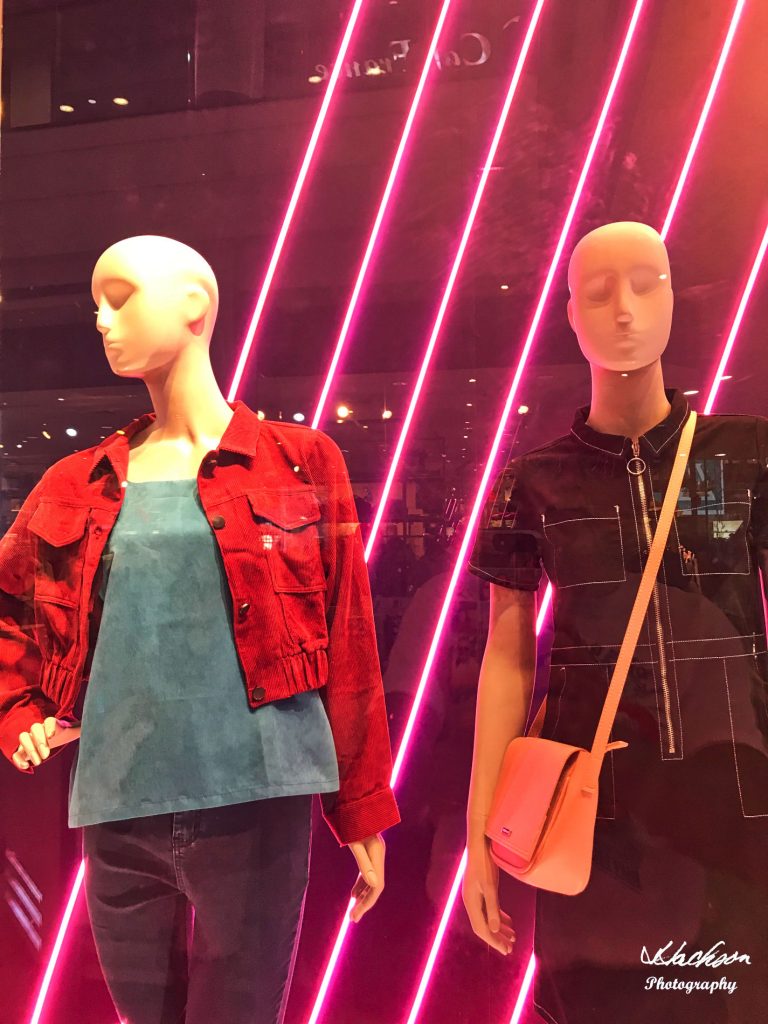
Makati is the go-to place for the ultimate in shopping. Here you find the complete price range of products from low-cost tourist souvenirs to high-powered electronics and fashions. Most everything is centrally located and is within easy walking distance or very low-cost taxi services.
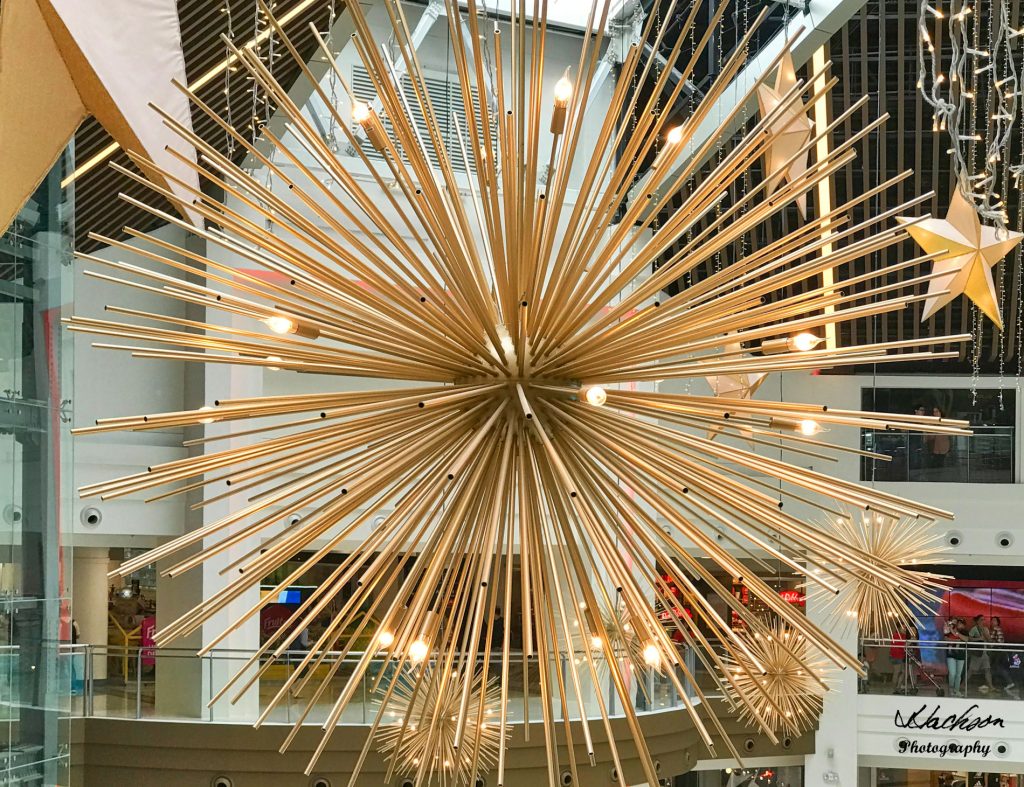
The shopping malls in Makati are in a world of their own and seem to be their own little world. They are large, spacious and have air-con that doesn’t freeze you after you step inside from the tropical warmth outside. They have just about everything you could possibly want, or possibly need. including many coffee shops and eateries that run the full gamut from fast food to high-end dining (more on that later).
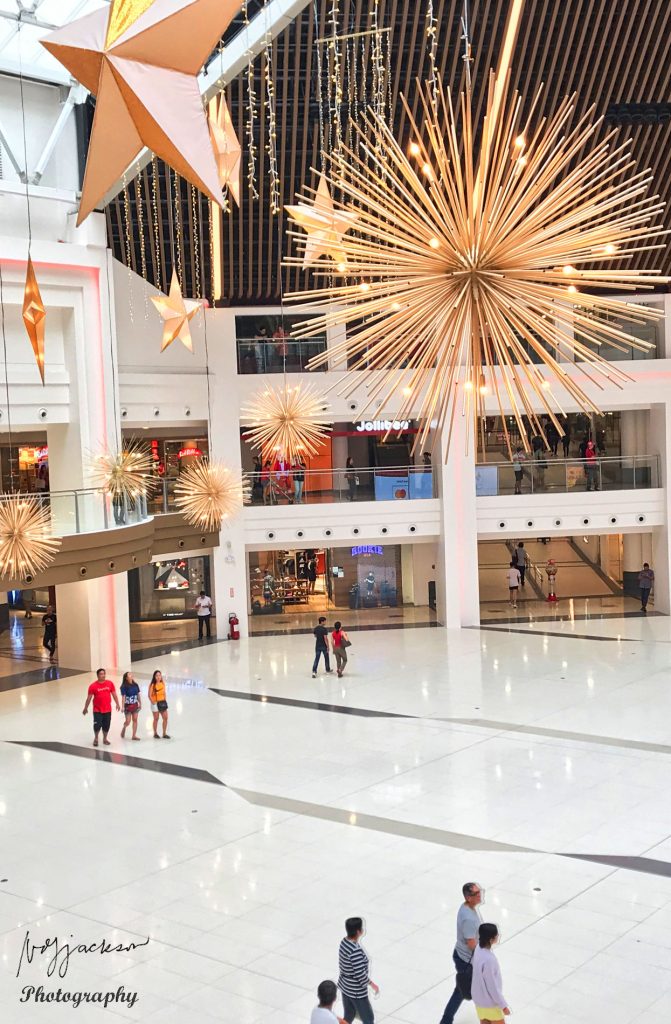
Makati is a haven for shoppers and in the center of it all are several major shopping malls. Attached to the Ayala Museum are the 5 Greenbelt Malls that feature high-end luxury brands. The nearby Glorietta Mall is central to Makati and has plenty of restaurants and eateries as well as medium-priced shops. Shoemart is a large-scale department store that eventually went the way of the Filipinos’ desire to abbreviate certain words, changing to simply SM. Now with chains throughout the Philippines, SM now has an enormous mall, the SM Megamall, which features products and brands from all over the globe. Another popular department store simply named as the Landmark, features a supermarket and a food court that offers many delectable foods, desserts, coffee and fare from not just the Philippines but from all over the world. For the traveler, there are two handicraft stores within walking distance of the mega malls, Balikbayan Handicrafts and Tesoros Philippine Handicrafts. Both are worth a visit to purchase handicrafts, artwork, jewelry, clothing, dried fruits, nuts, chocolates and coffee, all produced in the Philippines.

Above, inside one of the mega malls of Makati during the Christmas holiday.
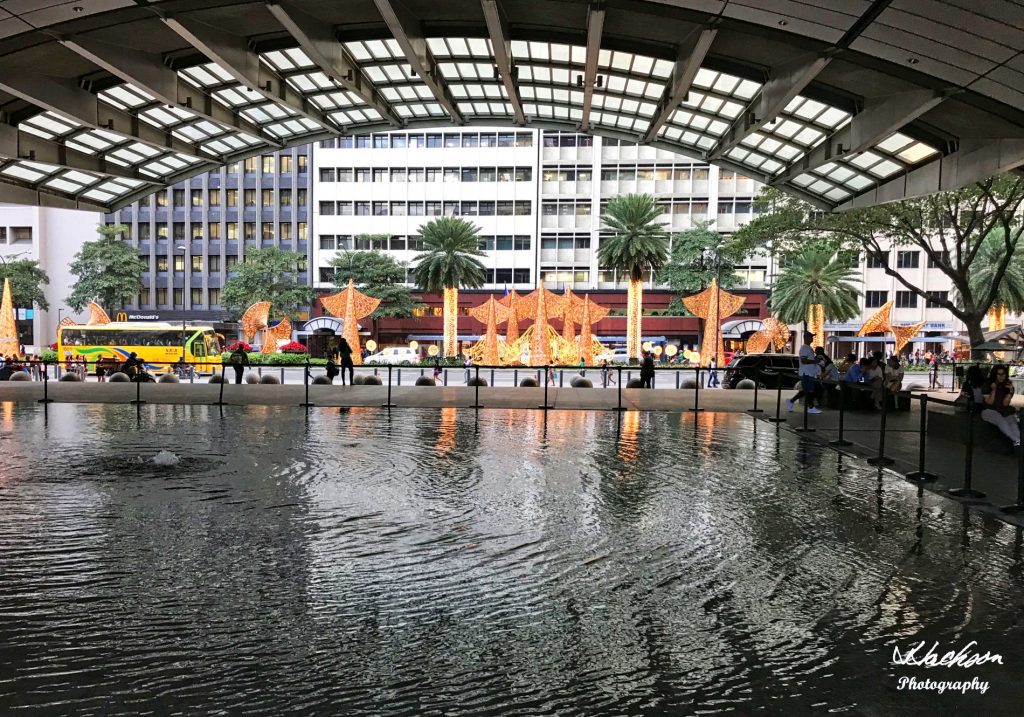
Above and below, the Ayala Tower One Plaza at the Ayala Triangle Gardens is a special place in this urban park that was inspired by Hyde Park in London. Opened in November 2009, the triangular-shaped public garden and courtyard was named after its owner and developer, the Ayala Corporation. Prior to the second world war, this was the location of Nielson Field, Manila’s airport. Prior, the land was part of the vast Hacienda de San Pedro de Macati that belonged to the Zóbel de Ayala family.
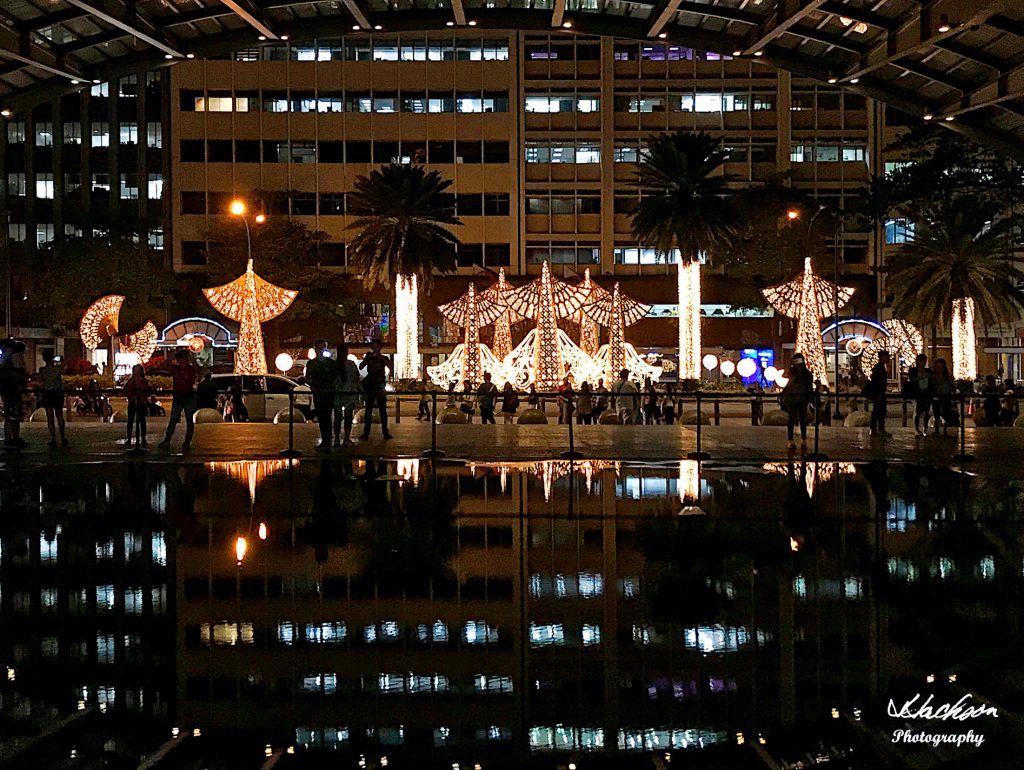
Below, Christmas in Makati is filled with dazzling lights and festive decorations.
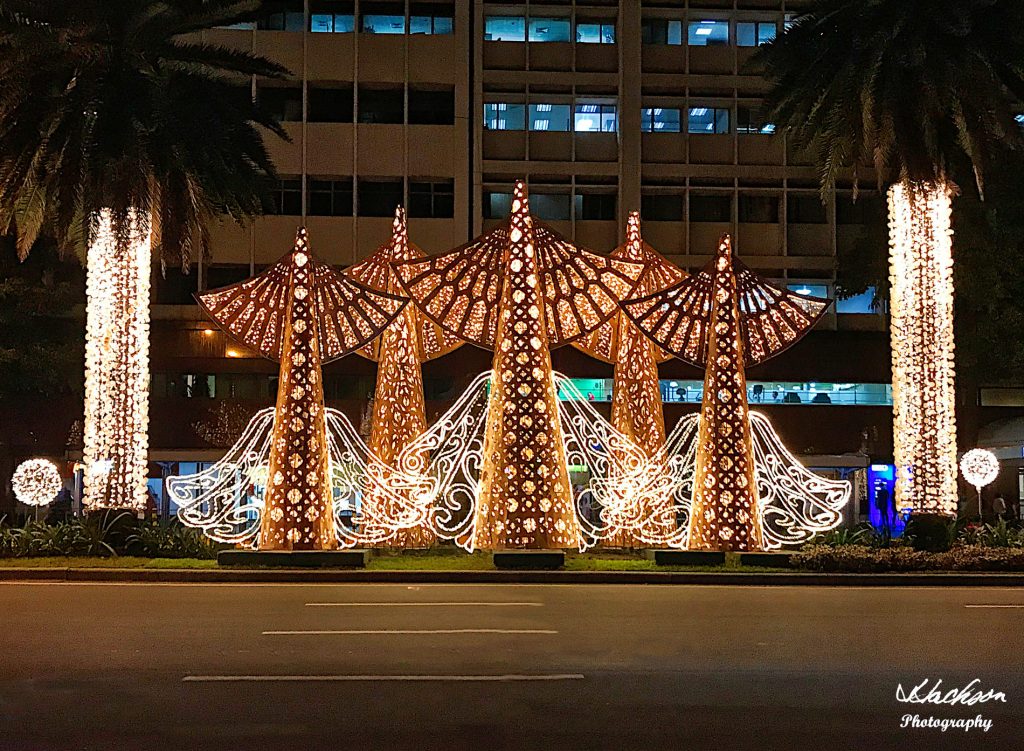
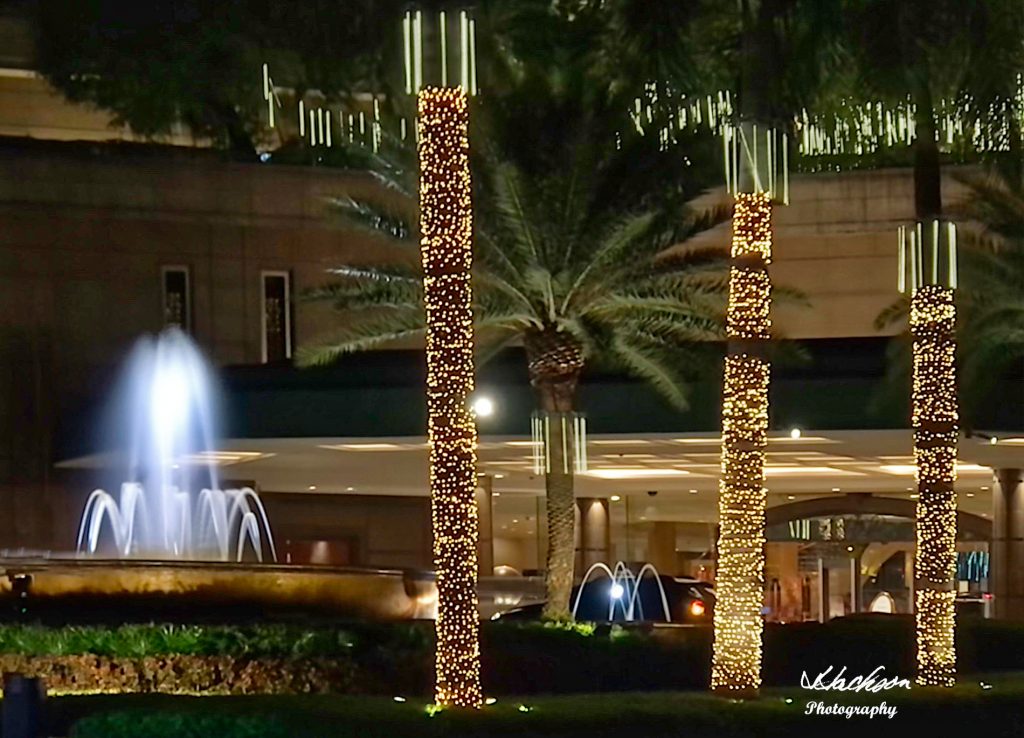
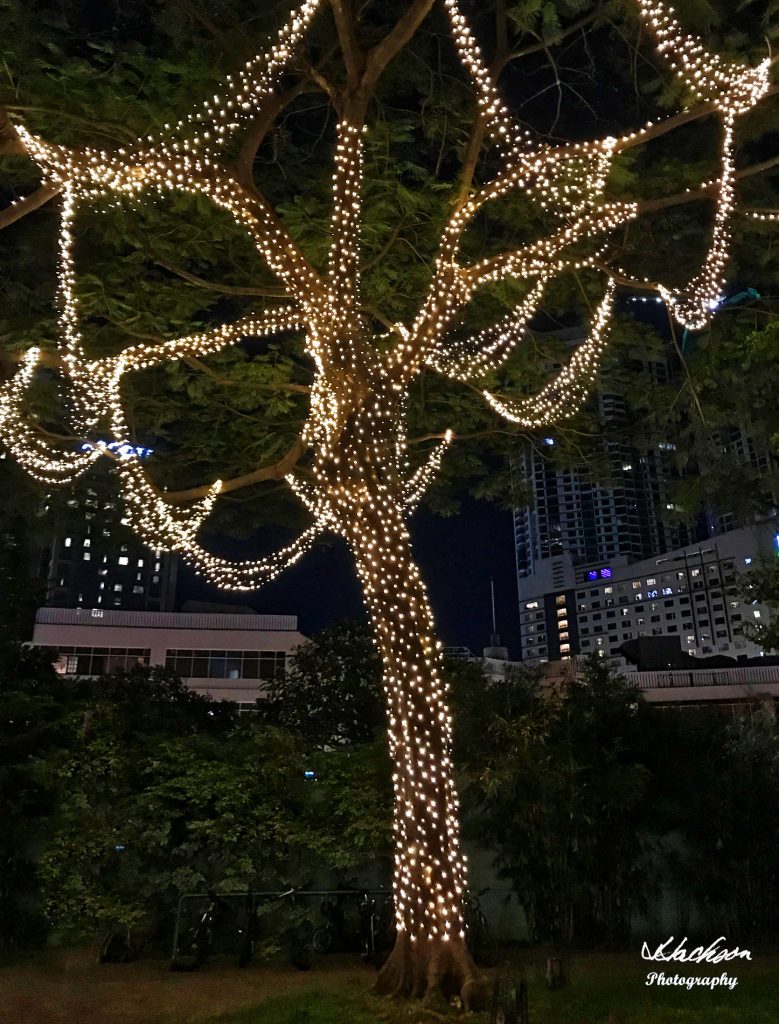
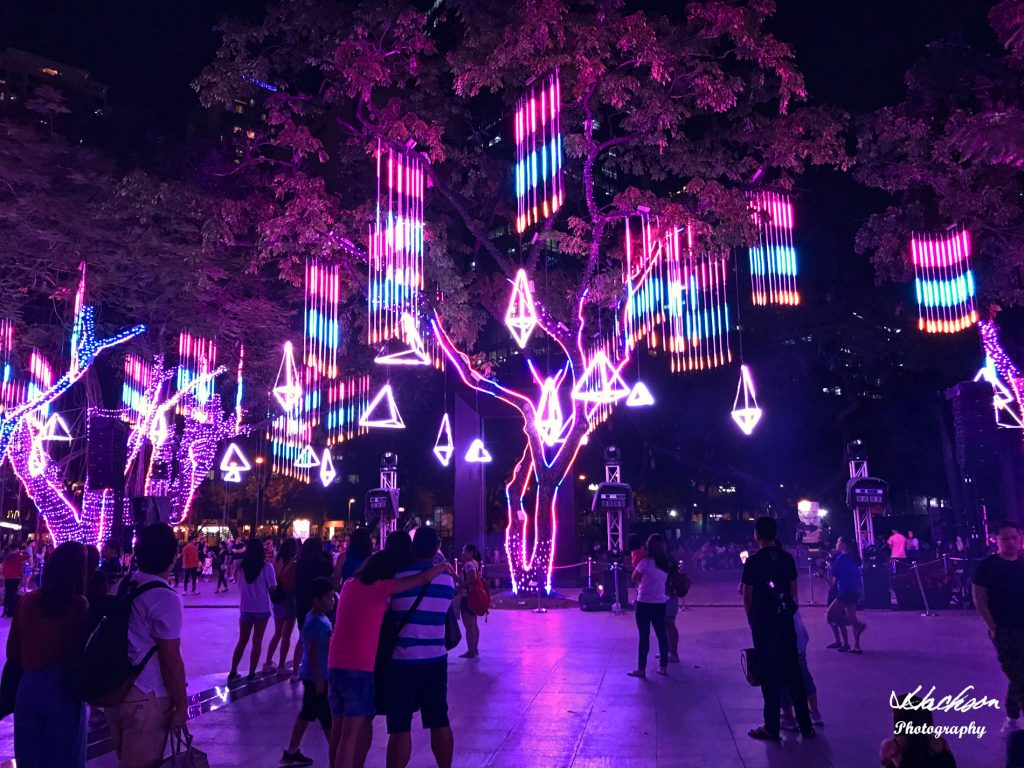
Above, the nightly light display and laser light show at the Ayala Triangle Gardens.


When we travel to the Philippines, we typically stop at the Fairmont Hotel after our long flight from the USA (about 13 hours non-stop on Philippine Airlines). It is a wonderful hotel with all the amenities you could possibly want and is fairly close to the NAIA airport. A stay in this hotel will be a refreshing start of your journey to the Philippines and a welcome relief when you get back from what will likely be some venturesome accommodations as you trek through the islands.

Above, the lobby of the Fairmont Hotel, and below the spacious bar and lounge.
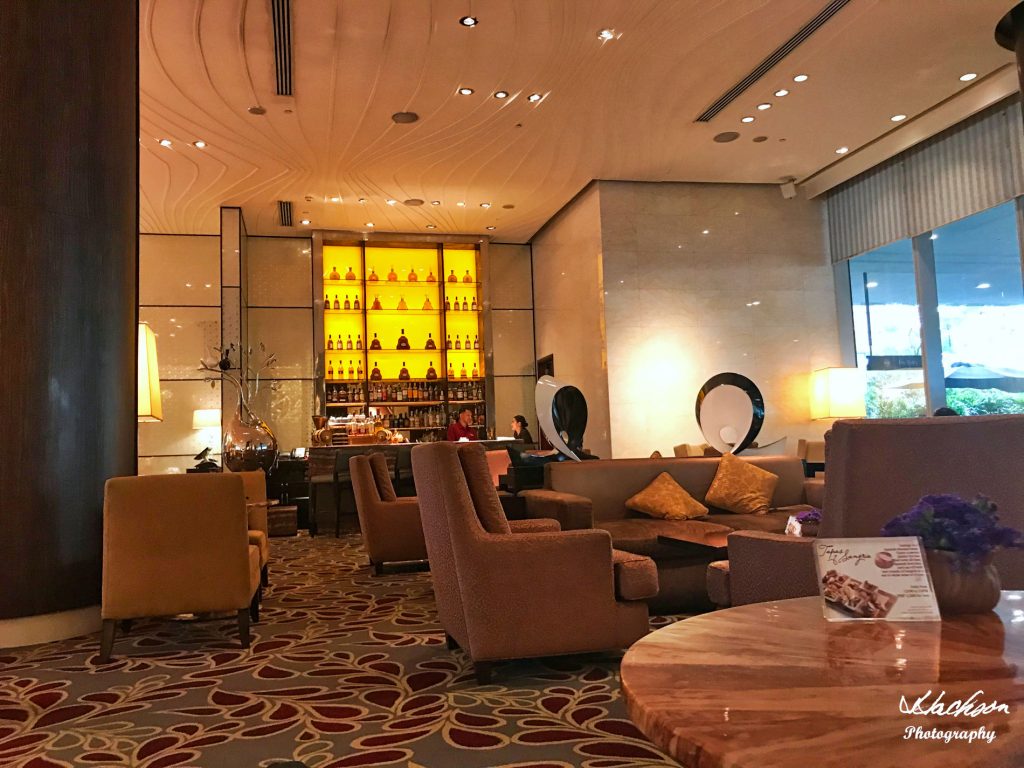
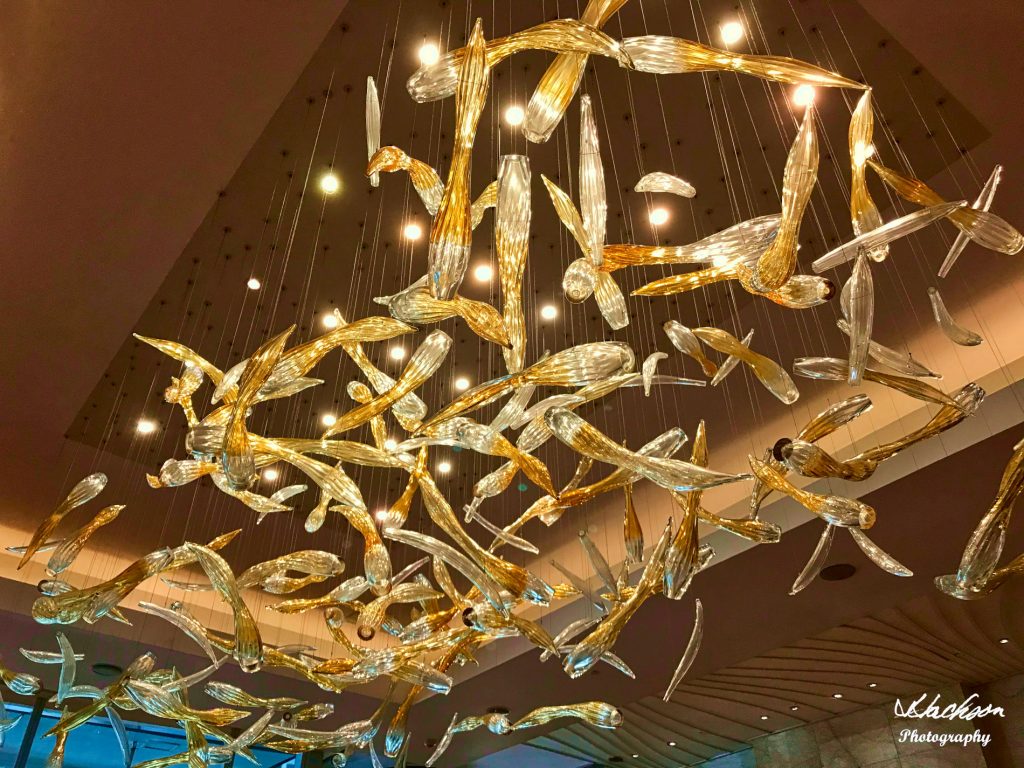
Above, spectacular blown glass artwork embellishes the lobby ceiling at the Fairmont.
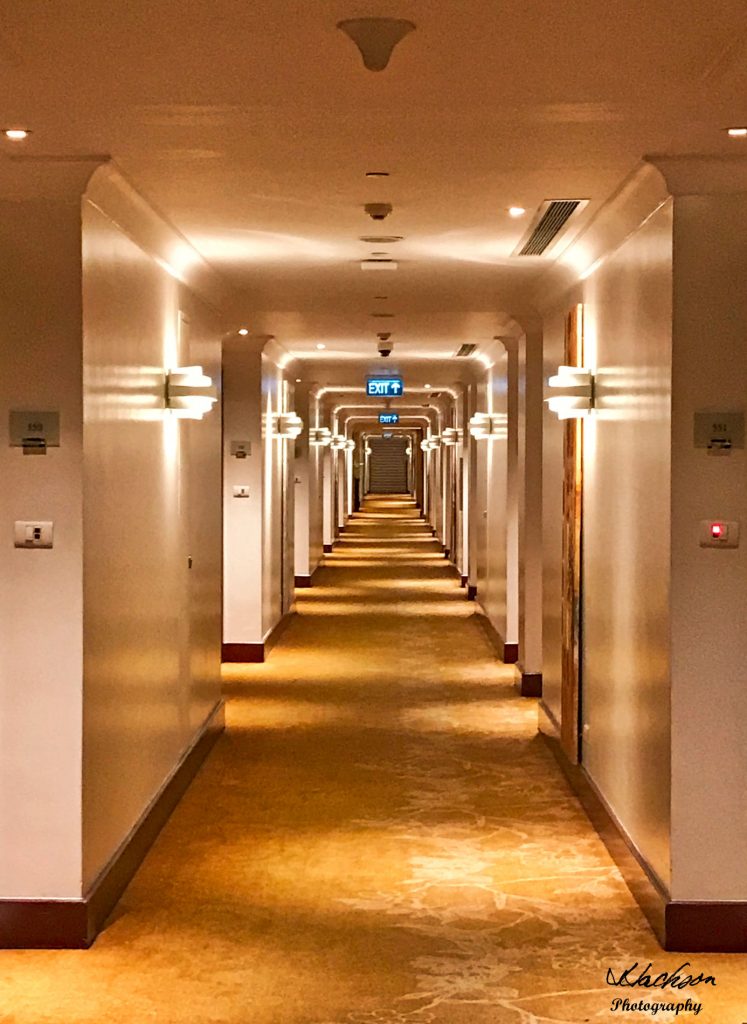
Above, well-appointed hallways and quiet rooms make for a restful experience at the Fairmont.
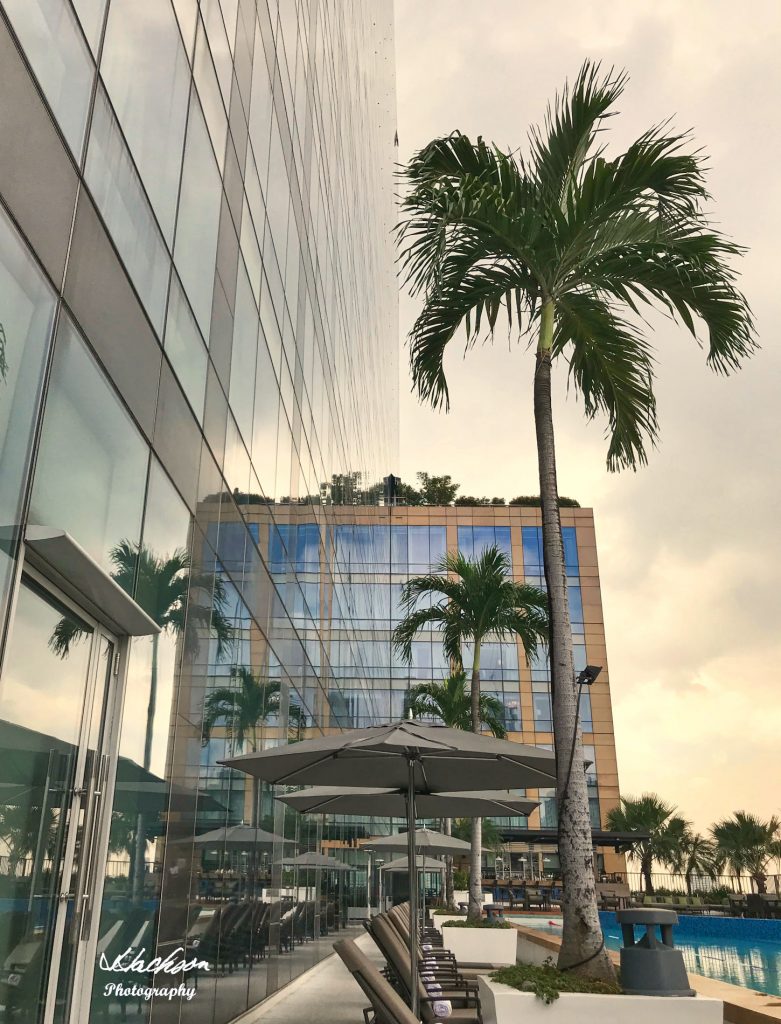
A spa, steam room, gym and rooftop swimming pool, below, might tempt you to never leave the Fairmont.
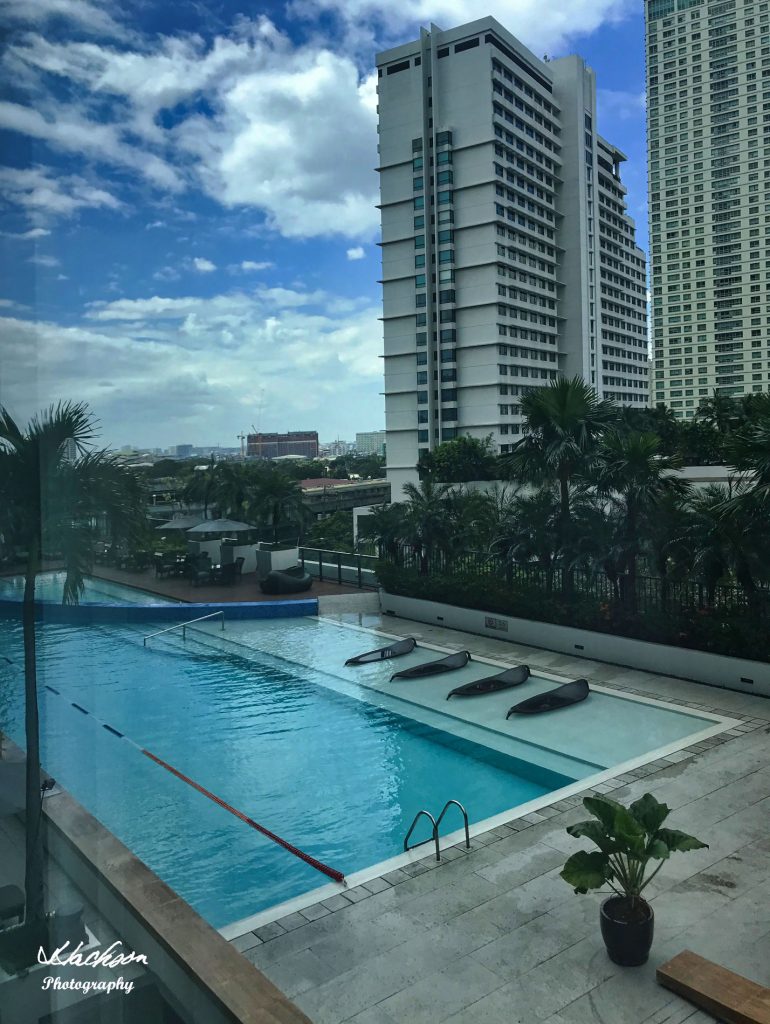

Now let’s talk about the food scene here in Makati. In the chronicles of world cuisine, let’s face it, the Philippines have never received very many accolades. It’s not that the food here is bad, it is just, well it’s different and not always catered to Western and European tastes. The Philippine gastronomy is a combination as varied as the cultures who have passed through here and of course, the meat, seafood, fruits and vegetables that are grown here. There is even one restaurant, Max’s of the Philippines, that features absolutely amazing Southern fried chicken from a recipe that was handed down from a GI just after the war.
In Makati, there are no shortages of eateries and you will never have a hard time finding a place that serves good food. The restaurants run the full range of Philippine and international fare, and from fast-food chains like Jollibee and Chowking and even McDonalds for those that just have to have a BigMac. There are however, two places which we enjoyed very much, not just for the good food and the variety that was offered, but also the great price and their overall cleanliness. Of course, it doesn’t hurt when you have received a Michelin star!

Above and below, Hawker Chan boasts that they offer the cheapest Michelin star meal of any restaurant. I can attest to this but I also must say that their food is wonderful. Honestly, I could have eaten there much more often than the two times in one week that we ate there. Their pork and chicken is savory and mouth-watering!
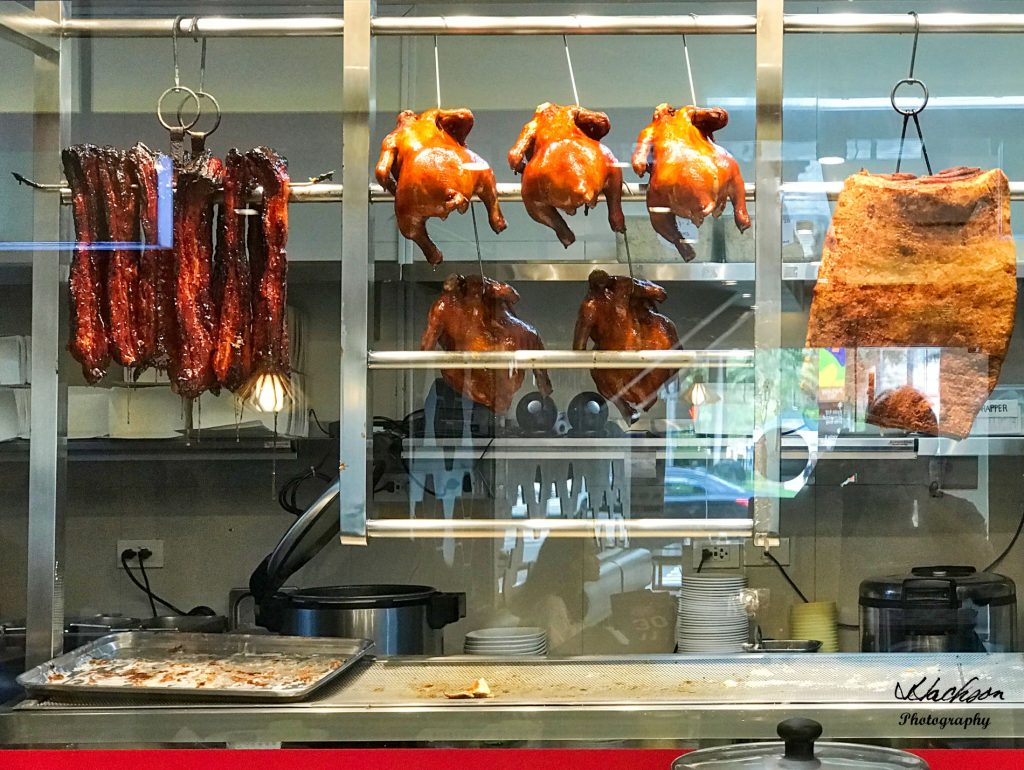
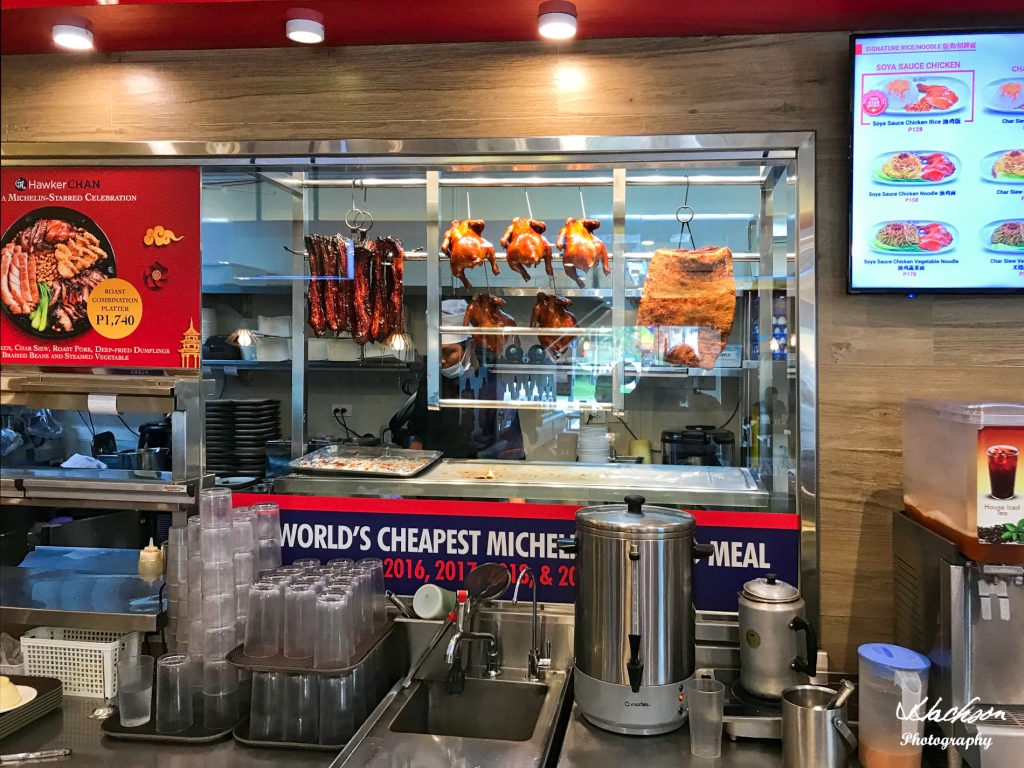
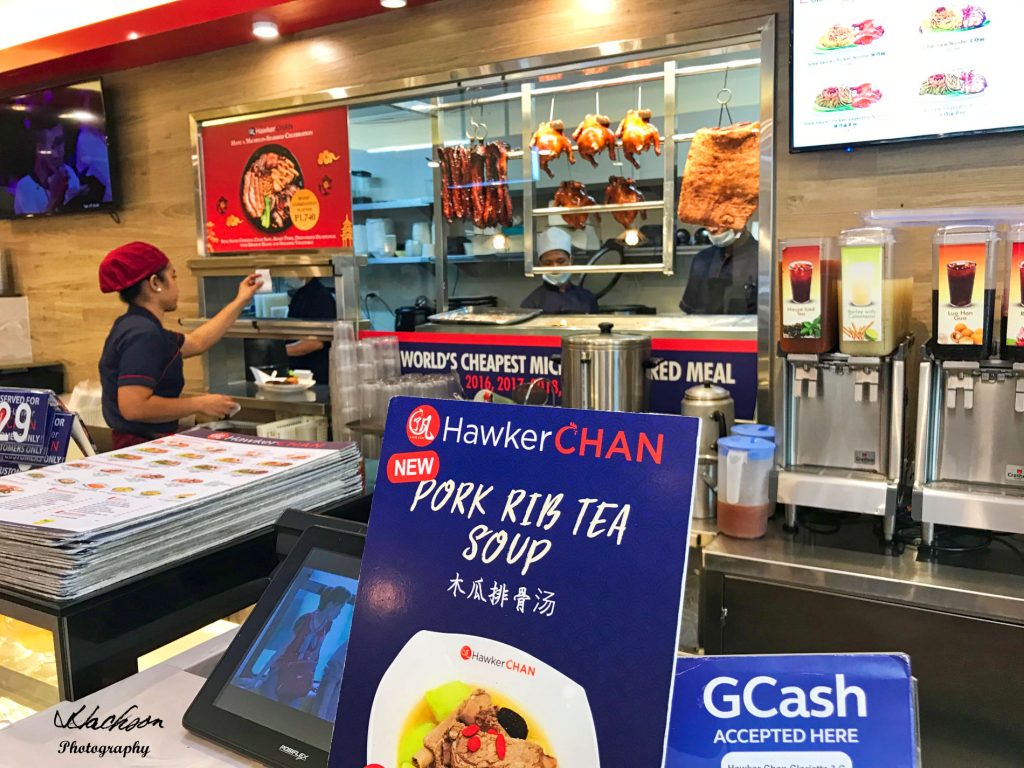
Our next favorite restaurant was Tim Ho Wan that touts itself as being Hong Kong’s most famous Michelin star dim sum restaurant. Of course, this is Makati, not Hong Kong, but the dim sum is wonderful. Even small side dishes, like fresh greens in oyster sauce, are amazing. Their spinach dumplings with shrimp are mouth-watering!
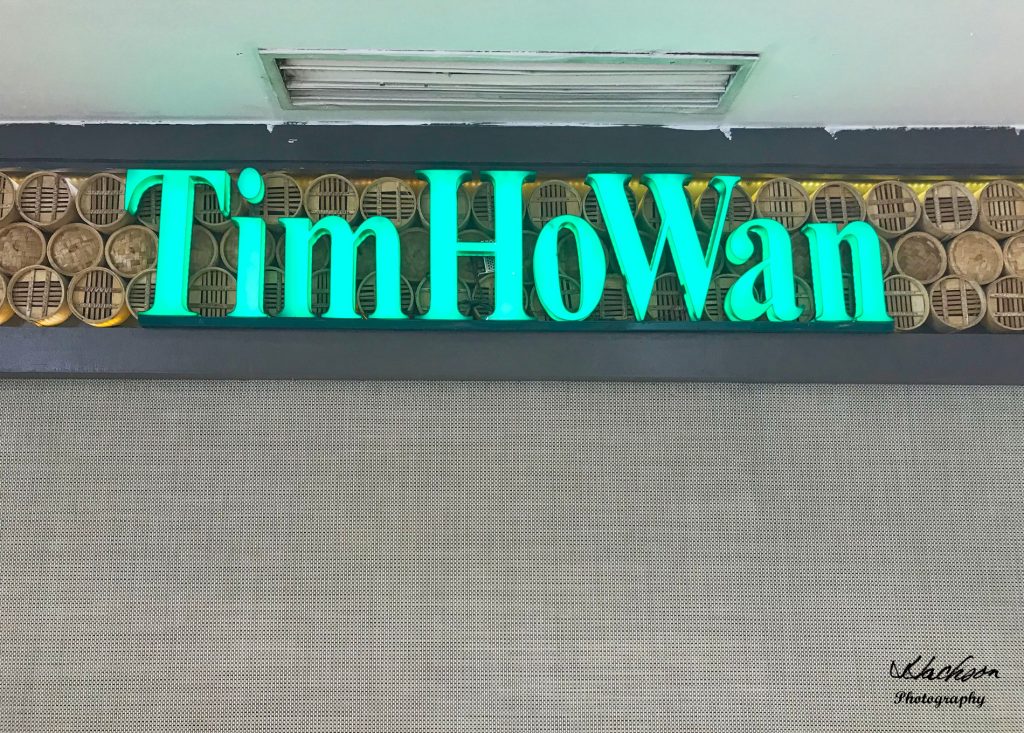

The atmosphere inside the Tim Ho Wan restaurant is casual and the food comes out quickly once you order it. It is not the typical dim sum style where someone comes around with a food cart pushing fare that you don’t necessarily want but because you are hungry, you will take just about anything, even fried chicken feet! But not here, you order the food from an extensive menu and it is brought out to you. If you didn’t order enough the first time, the menu will entice you to order more.



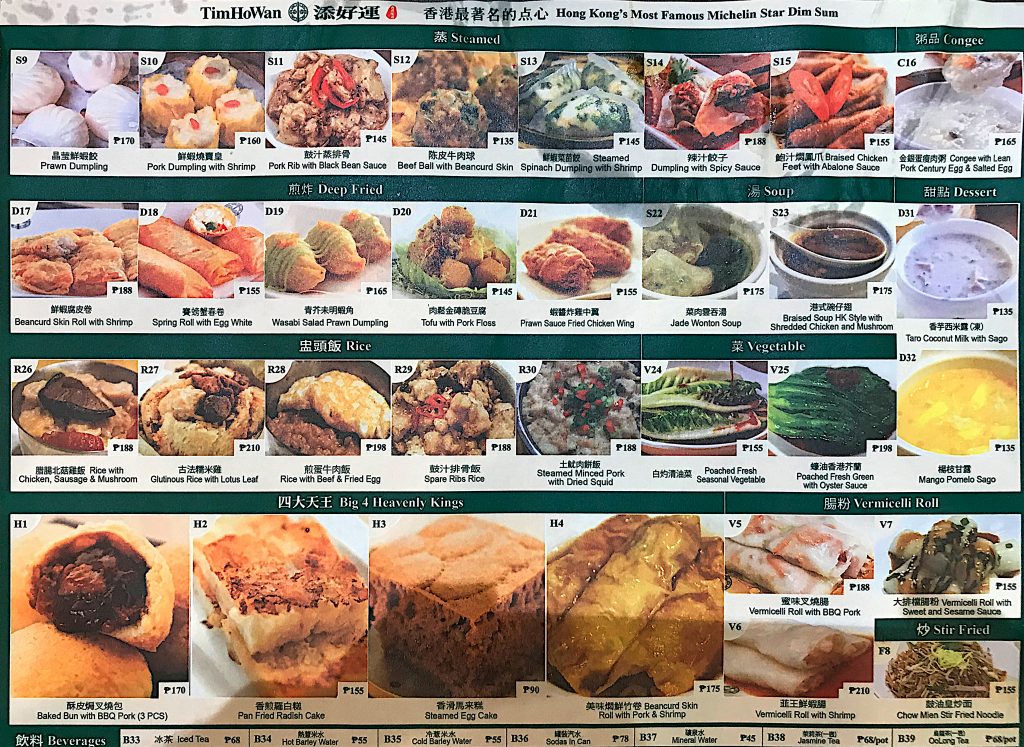
Above, the menu at Tim Ho Wan.
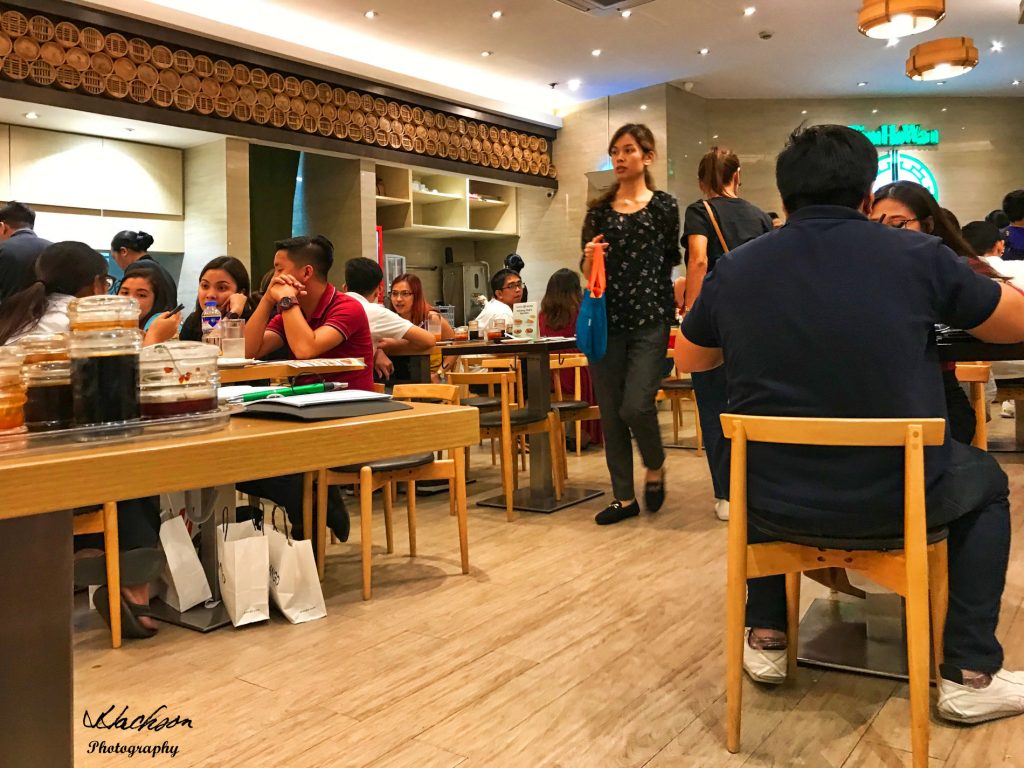

Above, greens (Chinese broccoli) in oyster sauce topped with fried garlic was one of my favorite dishes!
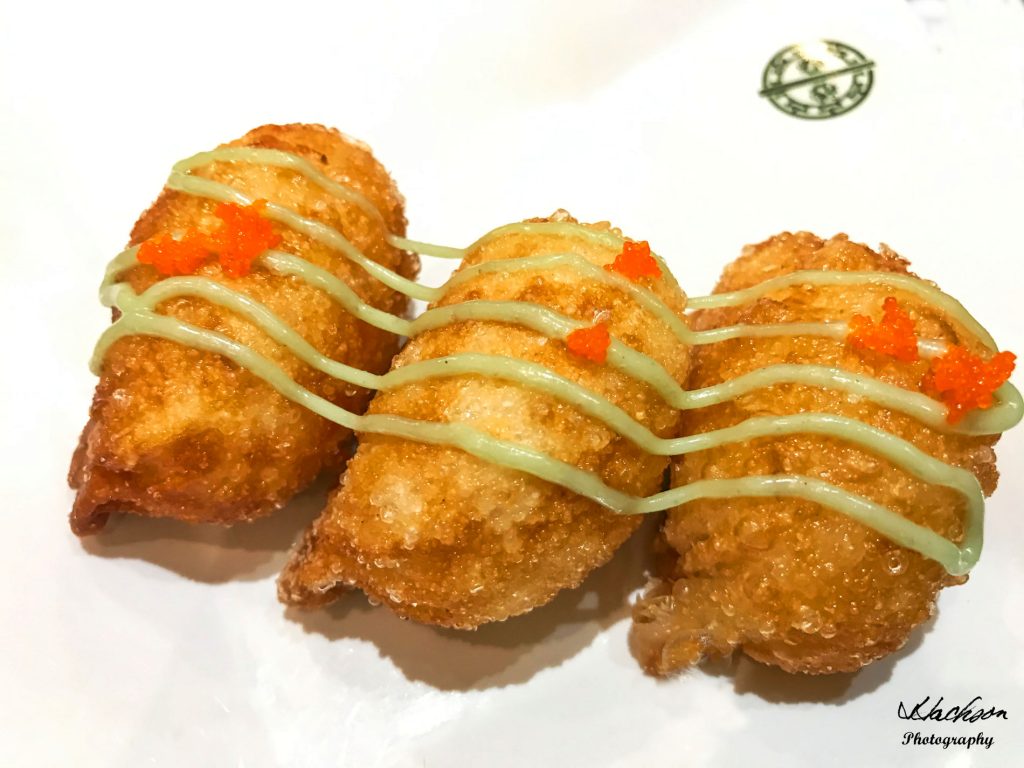
Above, fried prawn dumplings with wasabi sauce and flying fish eggs are amazing!
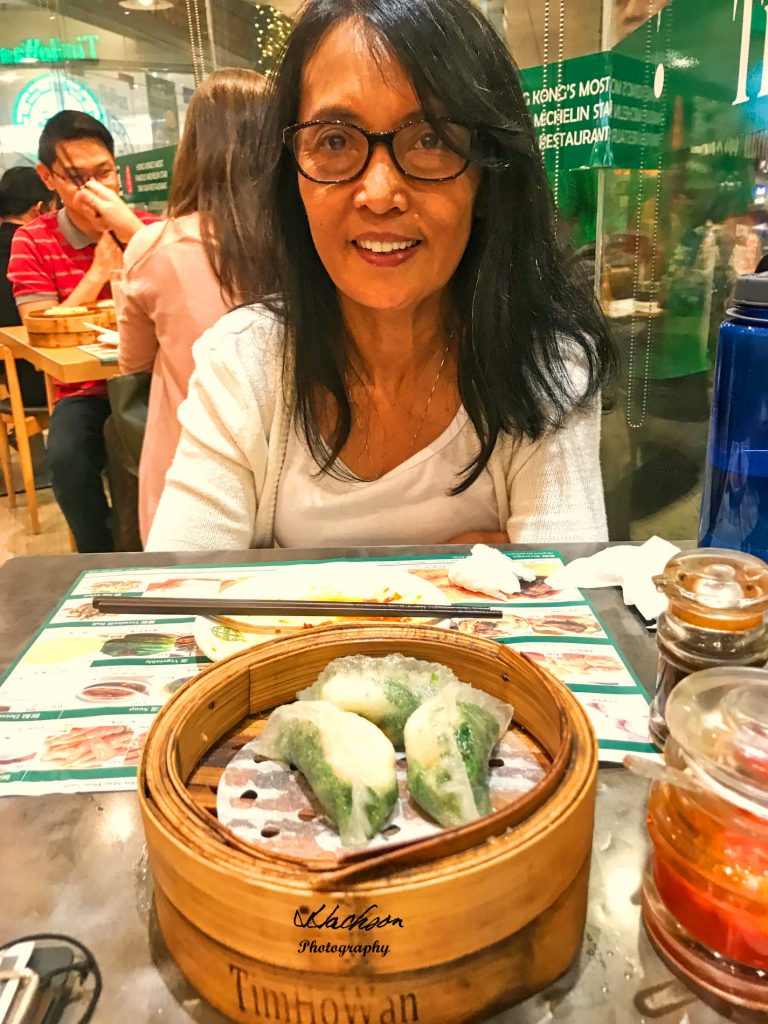
Above and below, spinach and shrimp dumplings dipped into the house sauce before eating them is incredible!
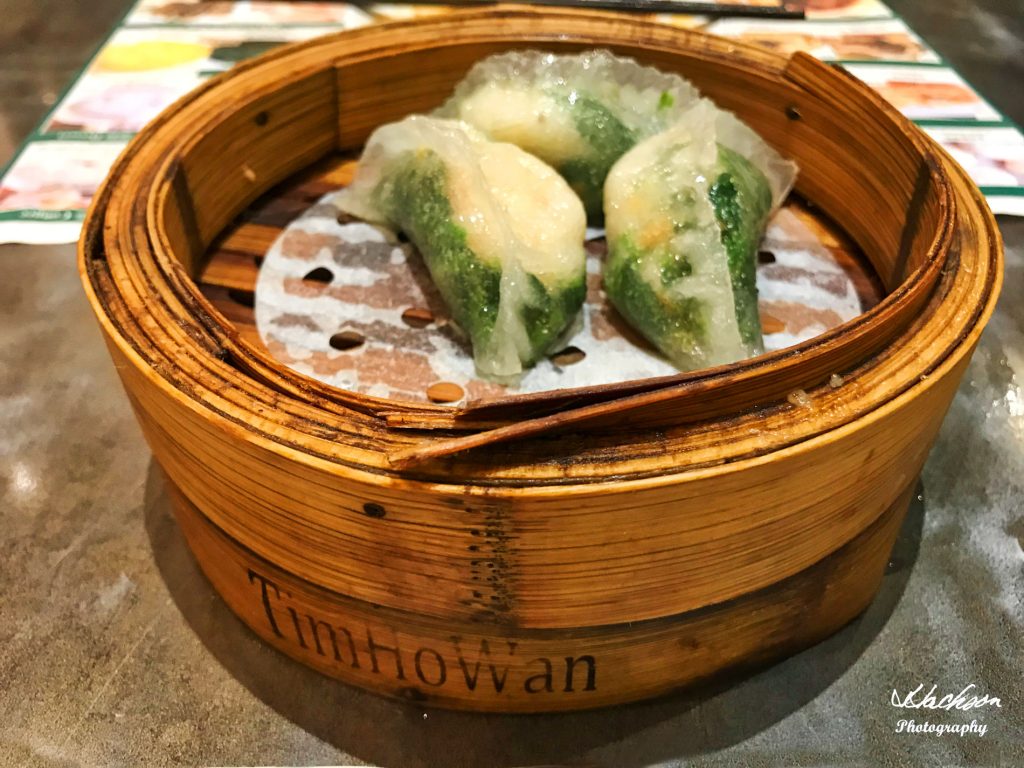
Below, Japan Town is located on the rooftop of the Glorietta shopping mall next to the Holiday Inn and Suites. There, you can find several Japanese restaurants as well as some other local favorites. 
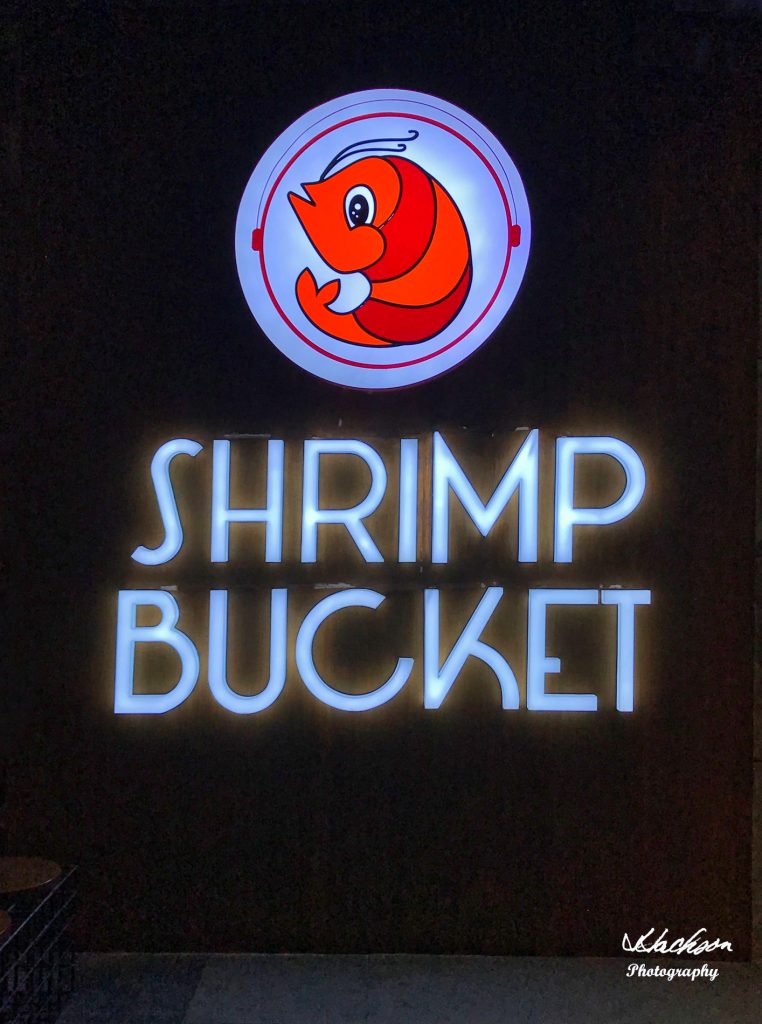
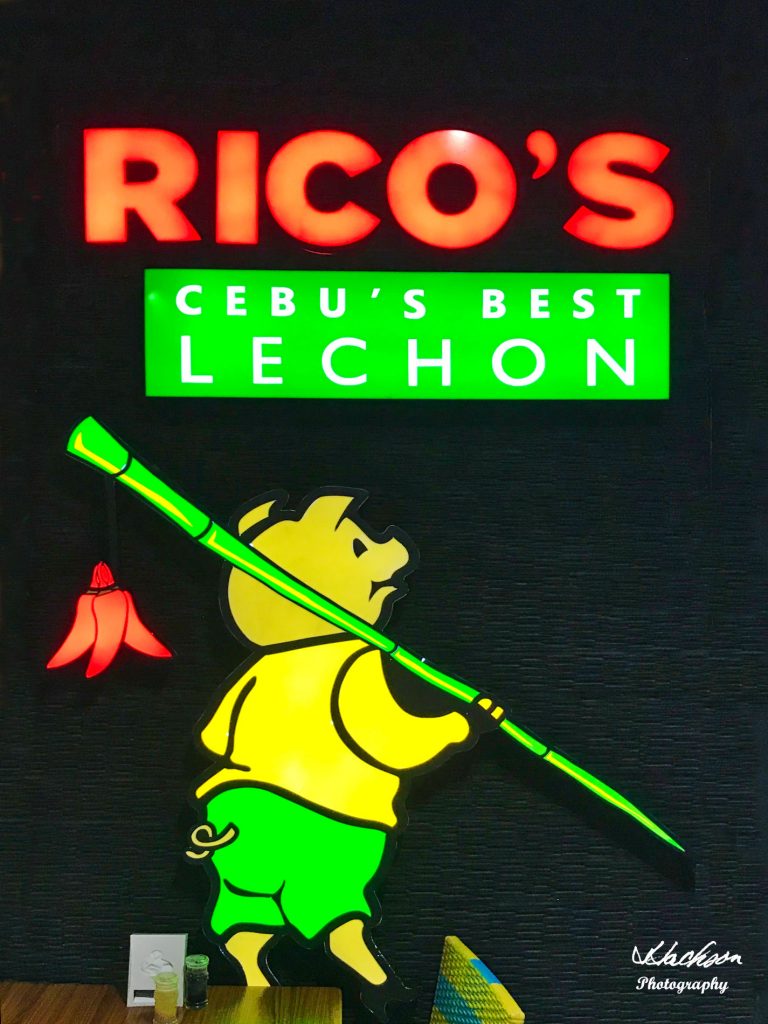
Eating in Makati will transform your idea of Philippine food and Philippine culture in general. Of course, eating there might turn you into something that might earn you a new nickname!
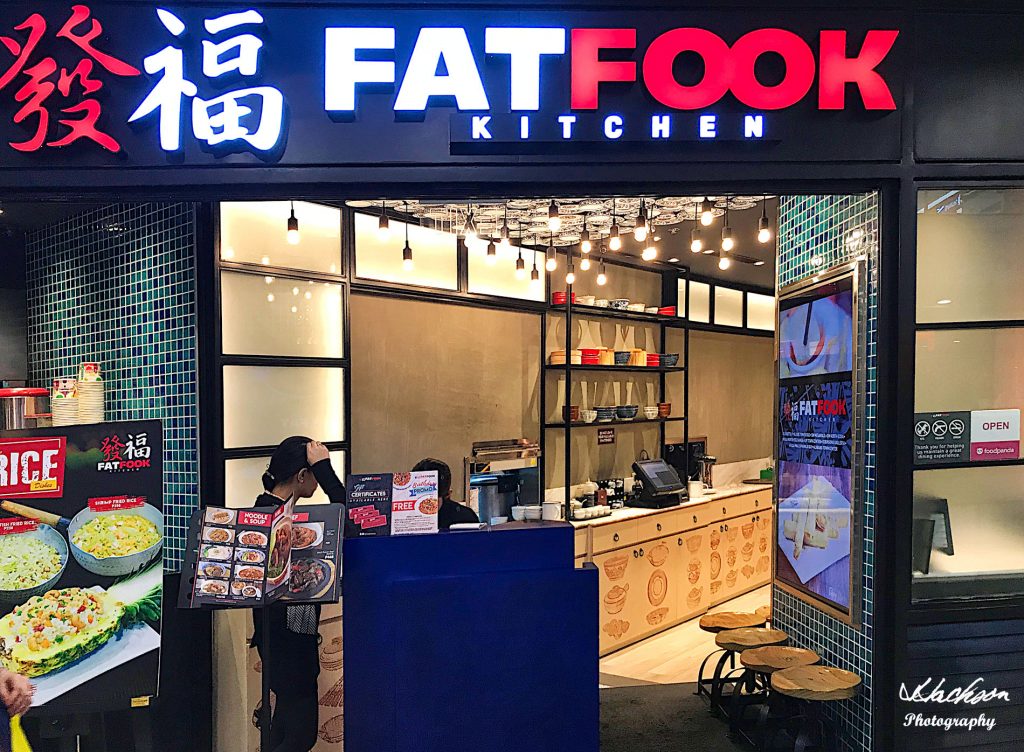
We hope that this glimpse of Makati will inspire you to visit this amazing place. You will love Makati for all the things that a large cosmopolitan city offers. Visit Makati and make it happen! You won’t regret adding this drop into your bucket!
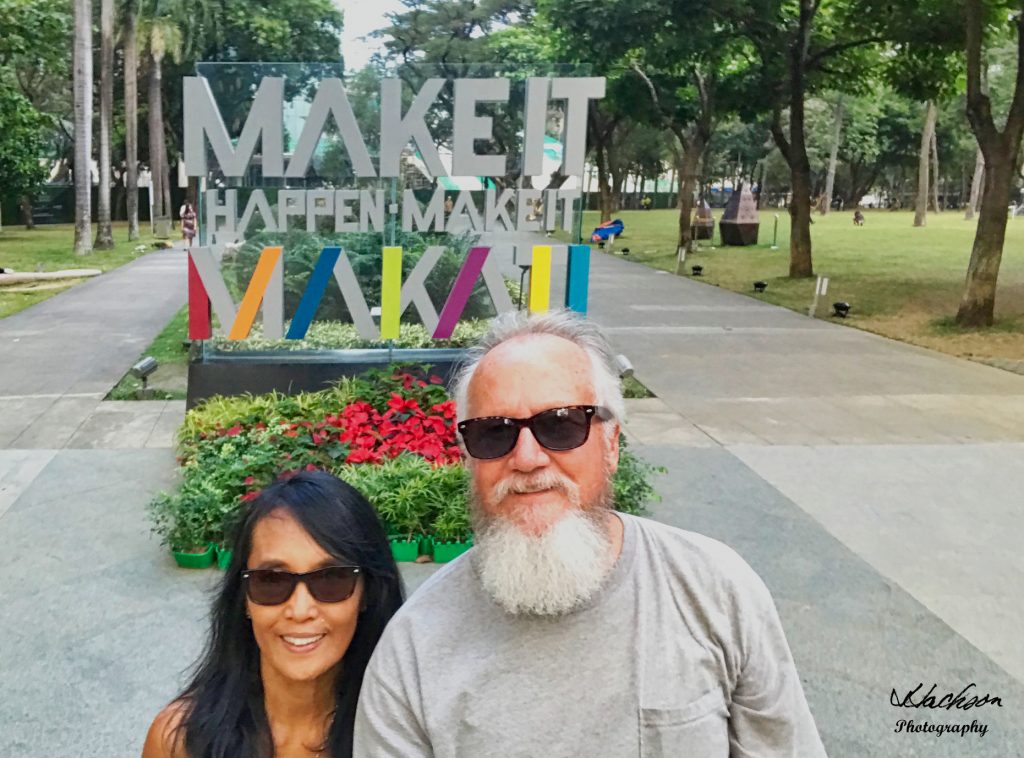
All photographs are the copyright of Jim Jackson Photography and Nida Jackson Photography. Please contact me for authorization to use or for signed, high-resolution copies.
If you found this article useful, please like, share and follow.
